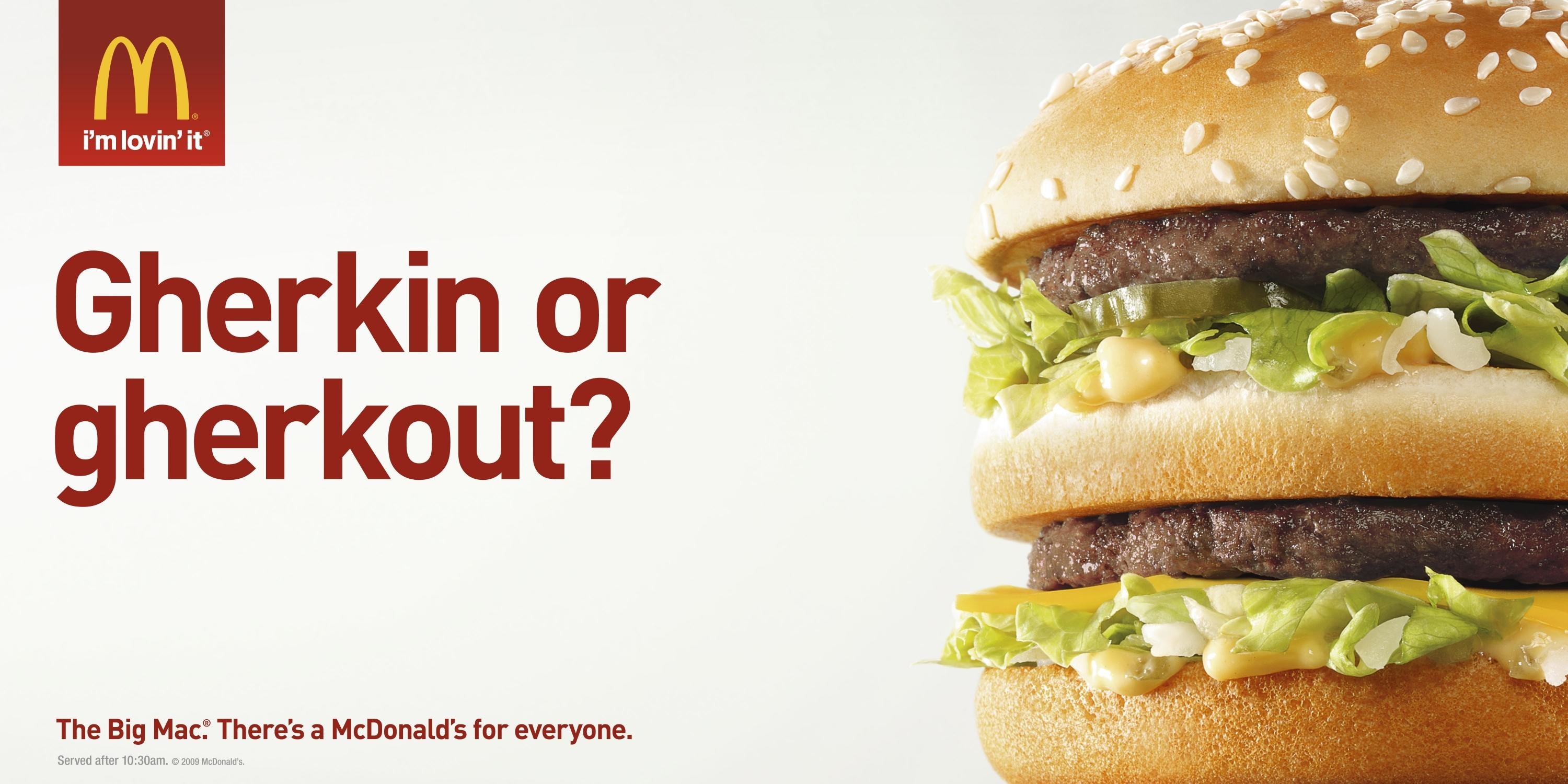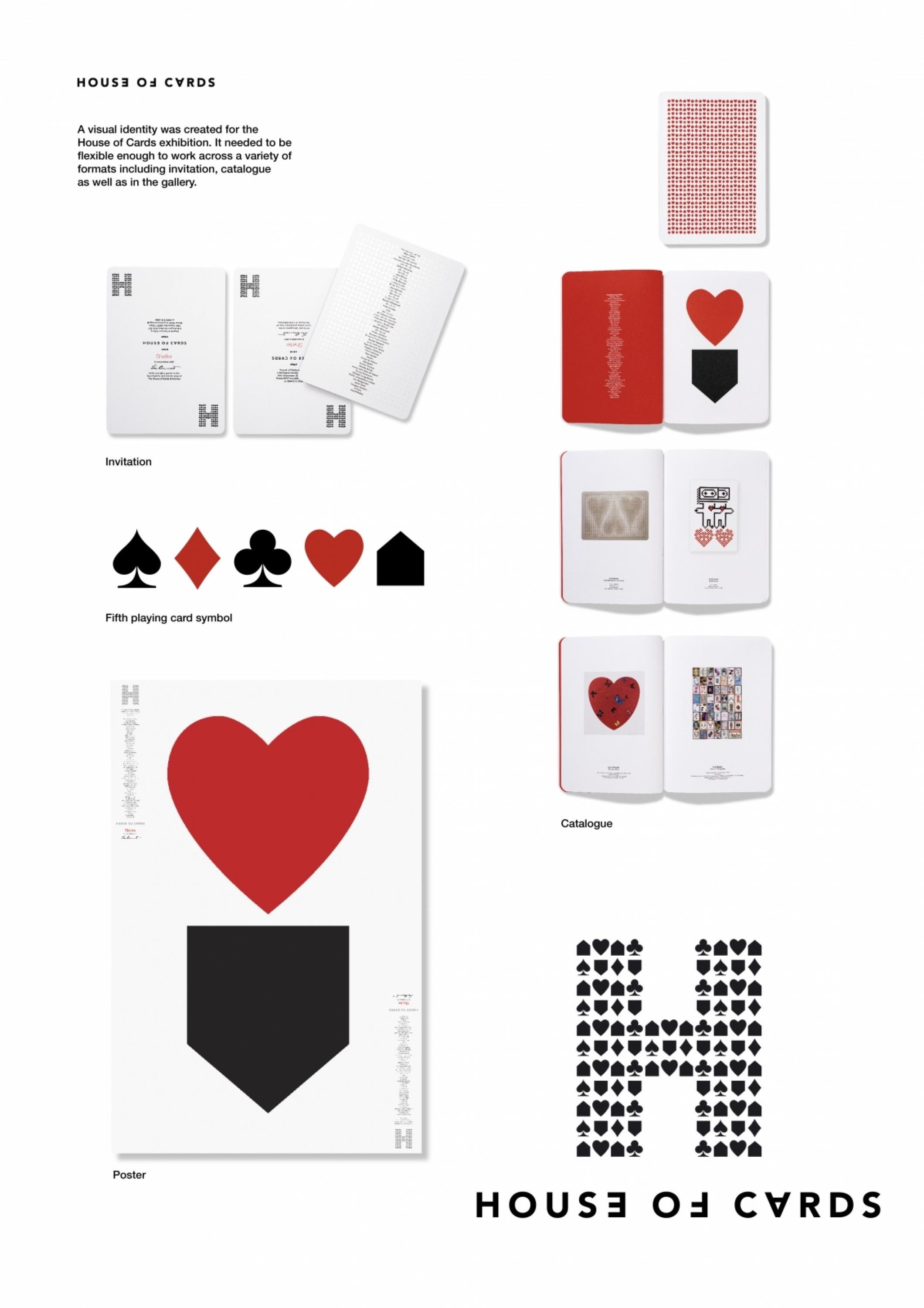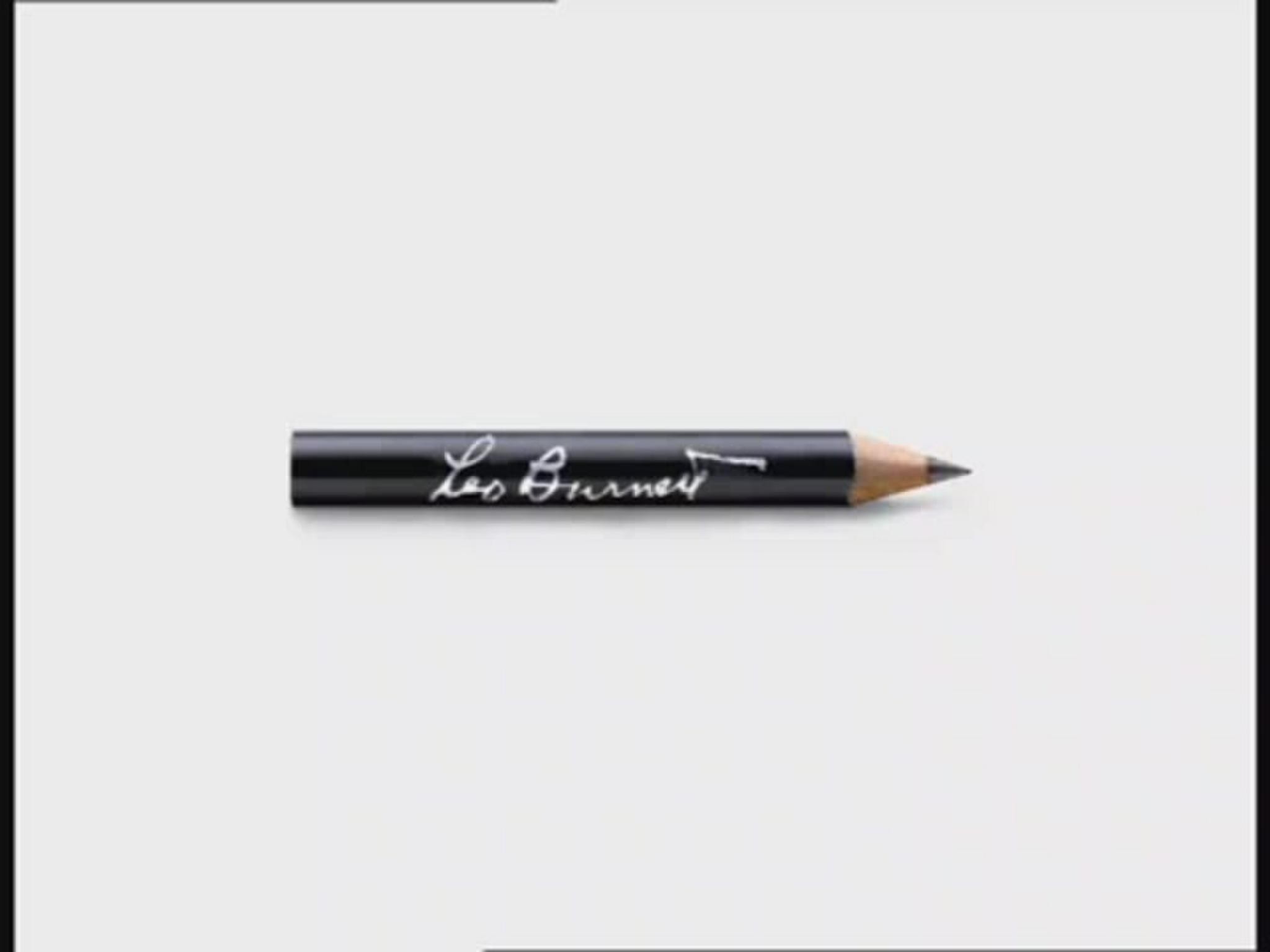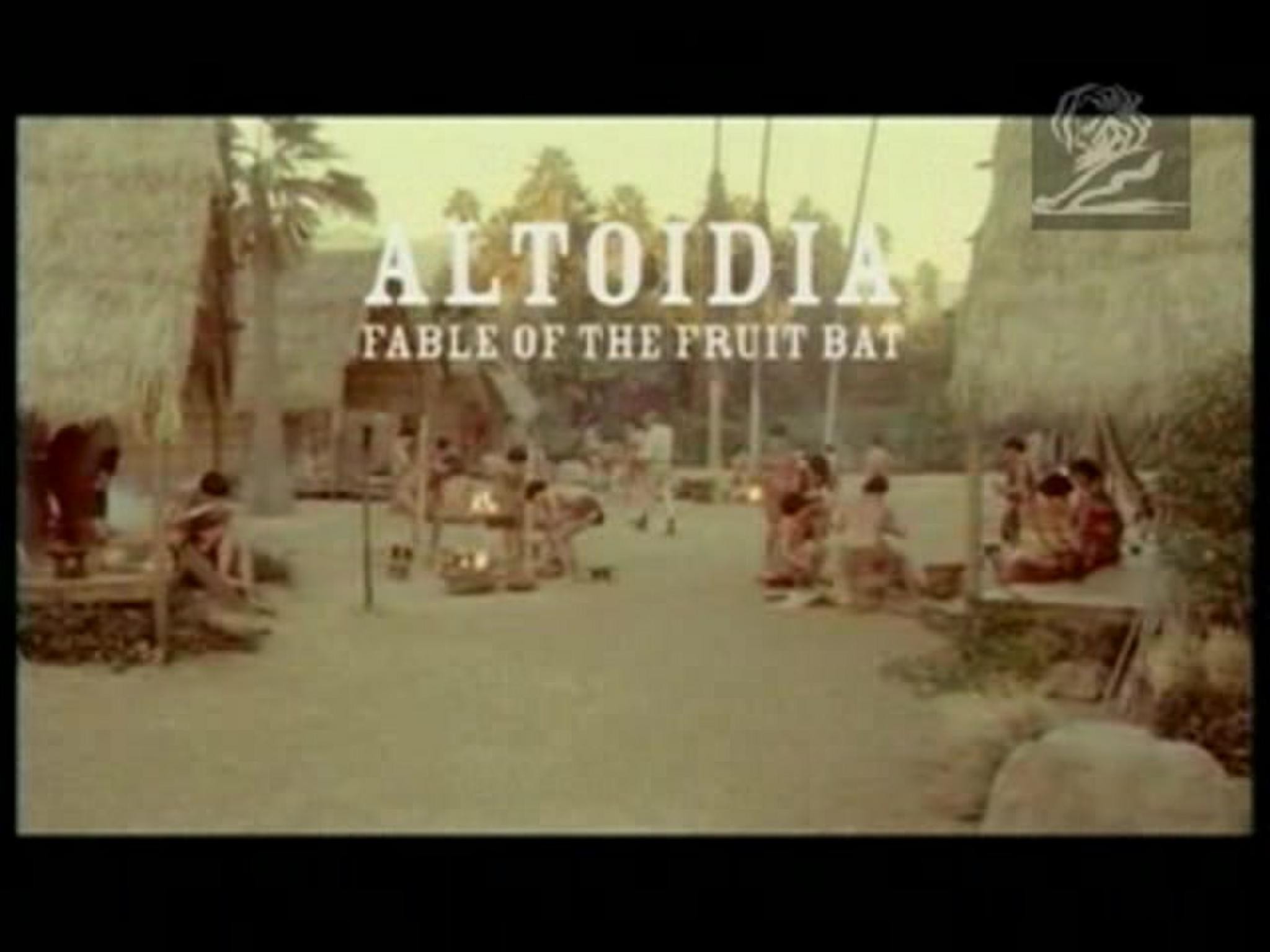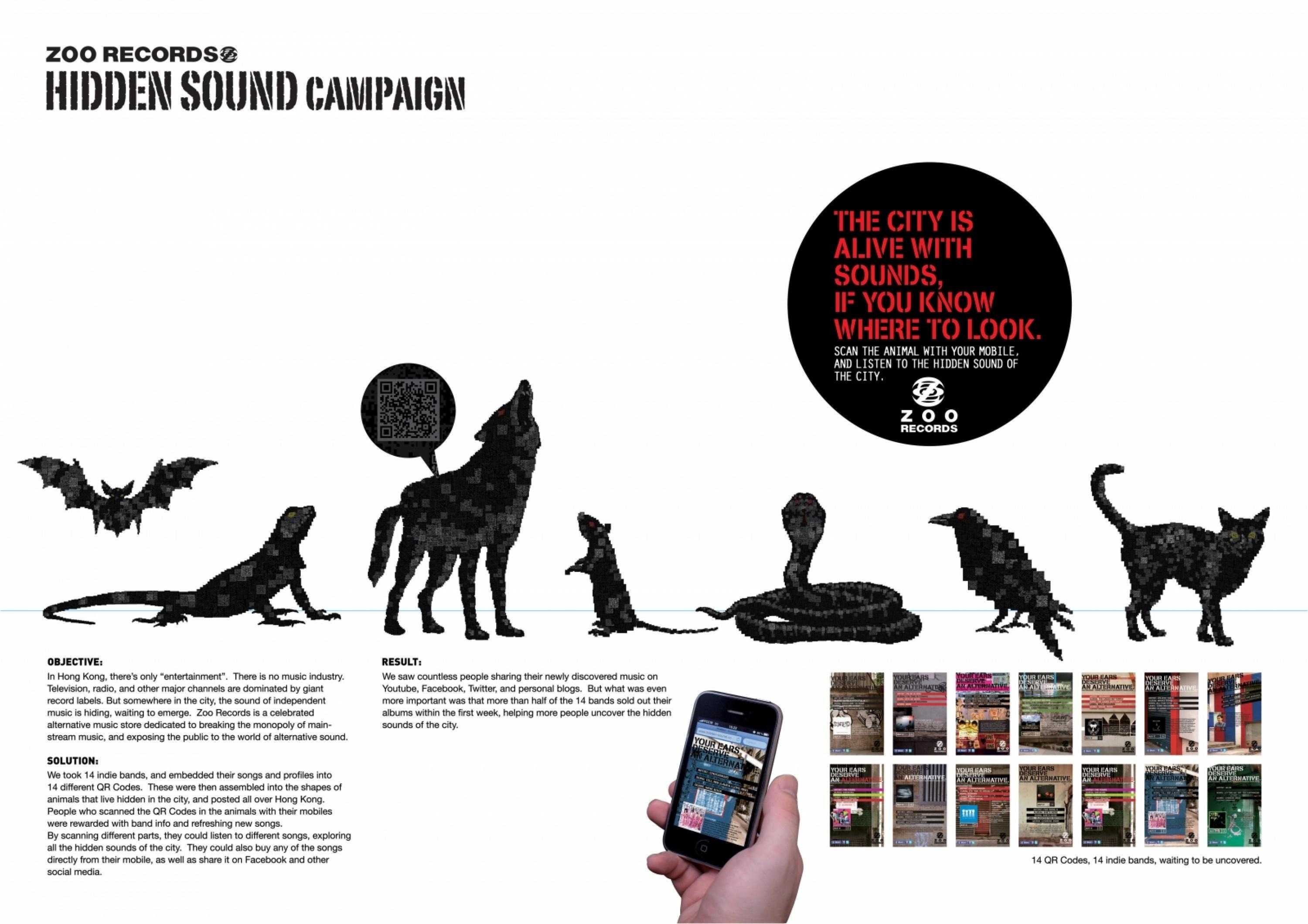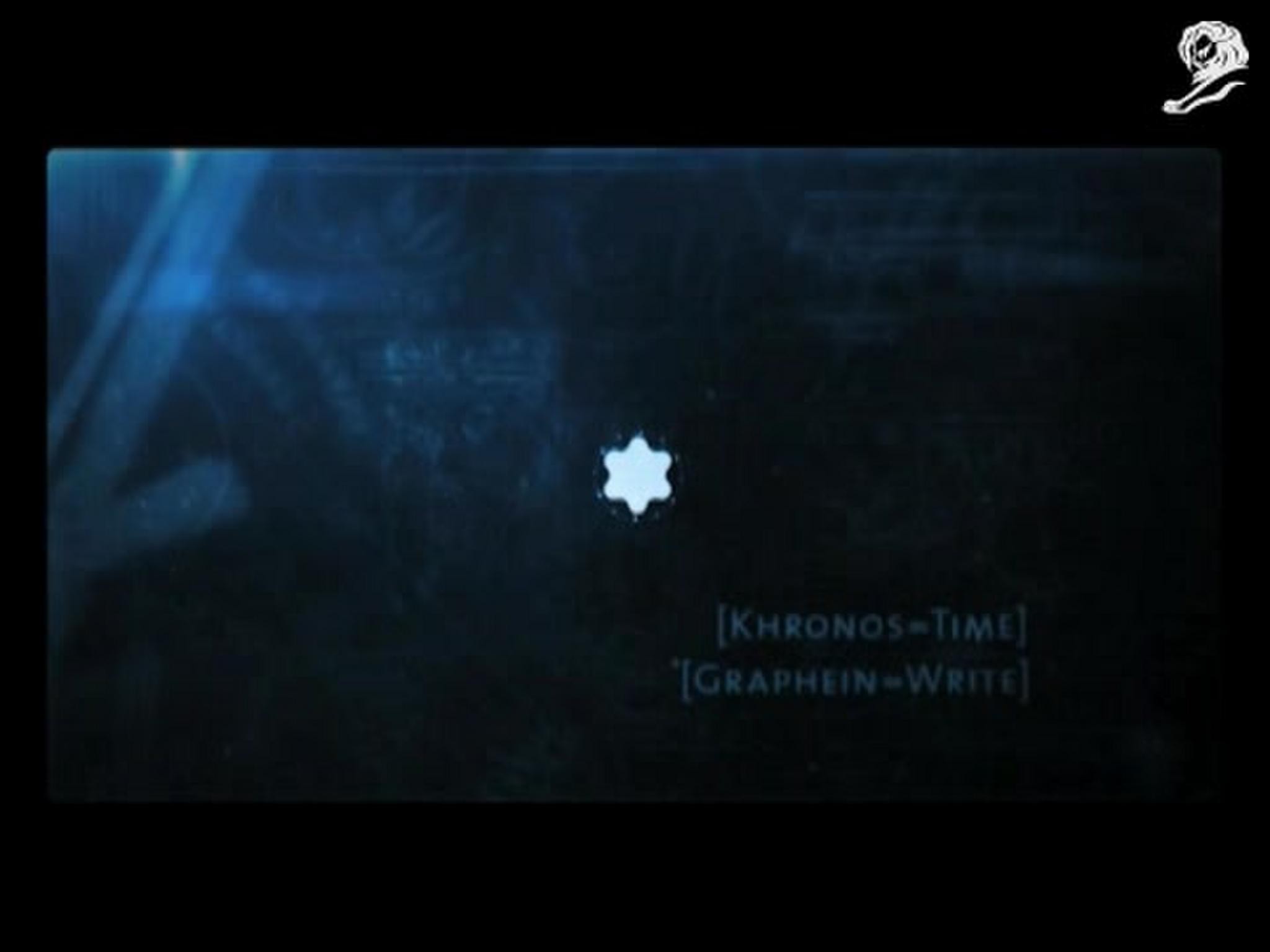Glass: The Lion For Change > Glass: The Lion for Change
PROJECT FARM EQUAL
LEO BURNETT, Mumbai / LAY'S / 2024
Awards:


Overview
Credits
Overview
Why is this work relevant for Glass: The Lion for Change?
Steady supply of potato, creates Lay’s. However, our women led farms were seeing 30% yield drop.
We realised that while 75% workers on Indian farms today are women; Indian agriculture is traditionally done by men and thus ergonomically designed for men.
This is an issue not just about us. Globally across industries, women are an afterthought in ergonomics. Products for them are just sized down and painted pink. But women aren’t just smaller men. Their anatomy changes their dexterity, isometric strength, the way they move.
This wasn’t about making agriculture inclusive; this was about changing the way industries design biased-solutions. So, partnering with USAID we developed ‘Project Farm Equal’- a systemic redesigning of agri-tools and practices of age-old agri-industry using gender ergonomics. By creating women centric design solutions, Farm Equal is groundbreaking project which redefines “default” male standard practices towards keeping women on the forefront of design innovation.
Please provide any cultural context that would help the Jury understand any cultural, national or regional nuances applicable to this work.
India's agriculture sector contributes 17% to the GDP. With a high 53.5% rate of rural male migration to urban area, this massive sector is now being helmed by a new generation of women farmers. These farmers not only produce 80% of the food for 1.4Bn Indians but also spend 77% more time on farms than male farmers.
While women dominate the agri-workforce today; Indian agriculture remains a man’s world.
Since traditional agri practices were always taught to and undertaken by men, most of the standard tools and machines are also designed ergonomically around them.These standard tools, hinder the dexterity and efficiency of women farmers who are anatomically very different from male farmers.
To add to their struggle, they work in an ecosystem that doesn't recognise them, but their male counterparts as a 'farmer'. Therefore, most efforts made to uplift agriculture in India are also designed generically for the male farmer.
This is why it became imperative to not only encourage our women, but also co-create an ecosystem that helps her farm to her truest potential.
Background
Indian agriculture is undergoing a unique shift. With growing rural-to-urban male migration, traditional agriculture is becoming 'feminized'—today, 75% of workers on Indian farms are women.
Lay’s partners with 27,000 farming families. Despite the same farming parameters—season, soil, crop—our women-led farms were seeing a significant 30% yield drop; curtailing supply-chain efficiencies. A steady supply of healthy potatoes is central to our business. If supply decreases, meeting demand requires at least 6 months from crop season arrival to harvest to pack.
Working with our farmers, we realized that since agriculture was traditionally done by men, it was also ergonomically designed for men. The machines and standard tools are designed basis the male body, which impacts women farmer’s efficiency. This is detrimental to their agricultural practices and makes farming a burden for women.
To protect our business, we needed to transform our agri-chain operations by re-designing agriculture for women.
Describe the cultural / social / political climate around gender representation and the significance of the work within this context
Despite more females in workforce- +307 million women have joined labour market since 2000- female body ins invisible in the workforce and an afterthought in ergonomic design. Traditional design approach for women is to size down the default male version and make it in a "feminine" colour- impacting female workforce, as products not made for their bodies affect efficiency:
-> Women experience 20% reduction in dexterity when they use tools not designed for them; affecting productivity
-> Only 14% female health care workers actually had PPE that fit them during the pandemic, posing major health risks
-> There is 71% more likeliness of women getting seriously injured in car crashes then men as women’s body is not car-crash tested.
We seem to be operating in a world which is rallying for equal gender opportunities but is not accounting for the disadvantaged position that women have when they enter the workforce.
Describe the creative idea
Since agriculture was traditionally done by men, it was also ergonomically designed for men. For any design solution to work, it needs to suit the body it is being made for, otherwise it is simply bad design and not a ‘solution’. To make agriculture a level playing field for sexes, we needed to account for female anatomy at every step of farming.
So, we set out to reengineer agriculture through gender ergonomic principles for women-centric design solutions and partnered with USAID to developed ‘Project Farm Equal’- a systemic redesigning of agri-tools and practices of age-old agri-industry using gender ergonomics.
By creating women centric design solutions, Farm Equal is ground-breaking project which keeps women on the forefront of design innovation to help them maximise their true potential.
Describe the strategy
Indian women are 20% shorter and 30% lighter than men. Change in anatomy, changes the way female farmers use standard agri-tools vs male farmers; impacting their push, pull, grip & carry strength, detrimental to their efficiency.
We realized you can’t just “Shrink it & Pink it”. We can’t expect women to go shoulder to shoulder with men by giving them made for men.
Our strategy was hinged on reengineering agri-tools and heavy agri-machinery through gender ergonomic principles; shifting from “default” male standard designs towards women-centric design solutions.
Describe the execution
Project Farm Equal’s first initiative focused on heavy farm-machinery. Collaborating with NIYO we remodelled equipment according to female anatomy; addressing factors like weight, height, strength, and grip span for:
-> Mobility: Lighter material, redistributed weight
-> Manoeuvrability: Lighter wheels for dexterity
-> Flexibility: Height adjustable handles
-> Efficiency: Greater width, covering more ground in less time
We’re also re-engineering standard hand-tools that haven’t been changed for centuries:
Trowel: Handle-diameter reduced to 30mm, for secure grip for different sized hands. 600 grams weight minimizes fatigue. 90mm width, 165mm length blade has sharp-edges for powerful digging. Handle length of 130mm provides control.
Sickle: Handle-diameter reduced to 31mm, ensuring comfort. Light 800 grams minimizes hand-stress, enhances cutting power. 150mm length, 152mm width blade precisely cuts crops and weeds.
Harvester: Lightweight yet durable materials. Handle-diameter reduced to 33mm, for ergonomic grip. 900mm length strikes balance between manoeuvrability and leverage. 25% reduced weight maximizes efficiency.
Describe the results/impact
Project Farm Equal is about redefining agriculture completely and designing its ecosystem for women. Empowering our farmers and strengthening business by transforming our agri-chain through gender ergonomic principles, we have seen:
-> 16% Lay’s gross potato production increase in 2023 vs 2021.
-> 87.6% increase in women's participation in Project Farm Equal.
Describe the long-term expectations/outcome for this work
Agriculture is just a start. With Project Farm Equal, we can move industries to include the forgotten half of humanity in workplace and product ergonomics. By making our learnings public, Project Farm Equal champions the future led by females and;
1. Strengthens food security.
-> 4% increase in India’s agri output by maximizing yields.
2. Ensures Economic Growth.
-> 43% increase in GDP with women’s equitable participation in the workforce.
3. Drives sustainable agri-practices.
-> 40% conversion rate of women turning their farming communities to green practices.
More Entries from Glass in Glass: The Lion For Change
24 items
More Entries from LEO BURNETT
24 items










